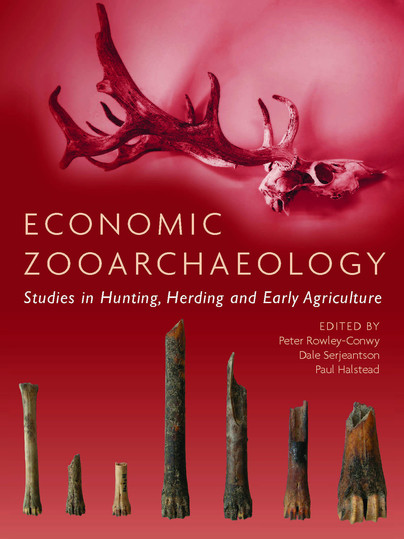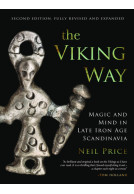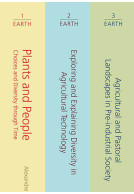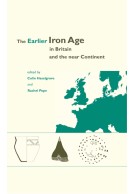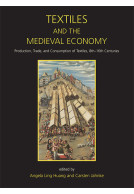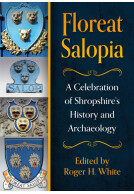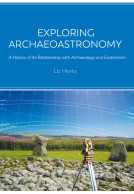Economic Zooarchaeology (Paperback)
Studies in Hunting, Herding and Early Agriculture
Imprint: Oxbow Books
Pages: 320
Illustrations: b/w
ISBN: 9781789253405
Published: 25th July 2019
Script Academic & Professional
Pages: 320
Illustrations: b/w
ISBN: 9781789253405
Published: 25th July 2019
Script Academic & Professional
You'll be £30.00 closer to your next £10.00 credit when you purchase Economic Zooarchaeology. What's this?
+£4.99 UK Delivery or free UK delivery if order is over £40
(click here for international delivery rates)
Order within the next 11 hours, 1 minute to get your order processed the next working day!
Need a currency converter? Check XE.com for live rates
(click here for international delivery rates)
Order within the next 11 hours, 1 minute to get your order processed the next working day!
Need a currency converter? Check XE.com for live rates
Economic archaeology is the study of how past peoples exploited animals and plants, using as evidence the remains of those animals and plants. The animal side is usually termed zooarchaeology, the plant side archaeobotany. What distinguishes them from other studies of ancient animals and plants is that their ultimate aim is to find out about human behaviour – the animal and plant remains are a means to this end. The 33 papers present a wide array of topics covering many areas of archaeological interest. Aspects of method and theory, animal bone identification, human palaeopathology, prehistoric animal utilisation in South America, and the study of dog cemeteries are covered. The long-running controversy over the milking of animals and the use of dairy products by humans is discussed as is the ecological impact of hunting by farmers, with studies from Serbia and Syria. For Britain, coverage extends from Mesolithic Star Carr, via the origins of agriculture and the farmers of Lismore Fields, through considerations of the Neolithic and Bronze Age. Outside Britain, papers discuss Neolithic subsistence in Cyprus and Croatia, Iron Age society in Spain, Medieval and post-medieval animal utilisation in northern Russia, and the claimed finding of a modern red deer skeleton in Egypt’s Eastern Desert. In exploring these themes, this volume celebrates the life and work of Tony Legge (zoo)archaeologist and teacher.
Other titles in Oxbow Books...







